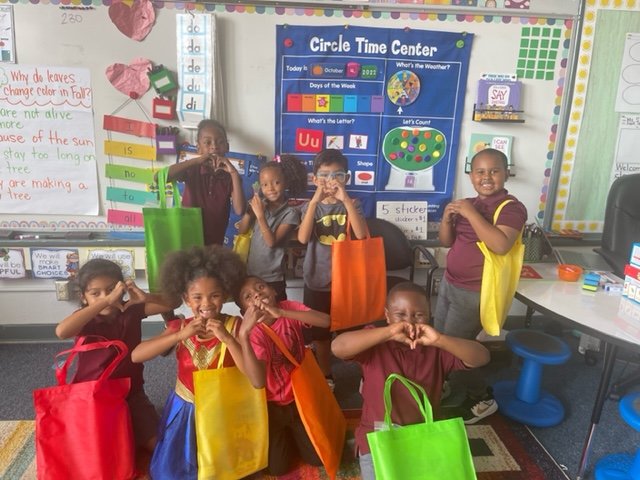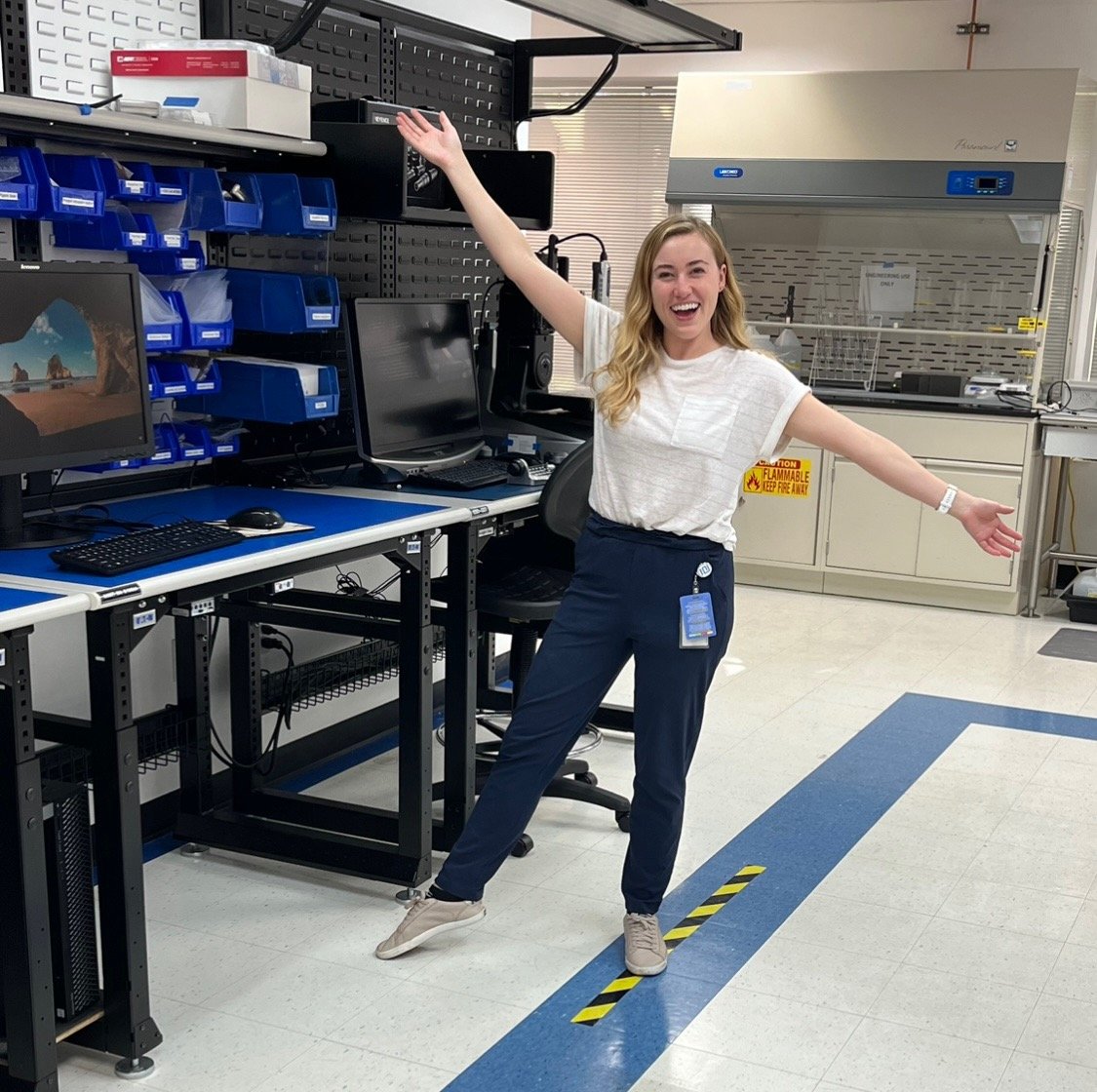This blog post was written by Words Alive volunteer, Ben Hollingshead.
Rosalind Franklin, the often overlooked and under-appreciated scientist, whose work on X-ray crystallography was central to Watson and Crick’s understanding of the DNA molecule, once said that “science and everyday life cannot and should not be separated.” This integration of science and life was clearly evident in a recent Words Alive STEM-themed Family Literacy session that was made possible by the generous grant from Hologic. Luann Raposo, one of our bilingual instructors and an engineer at a leading health technology company in her day job, was able to authentically and joyfully lead approximately 20 elementary school aged students in reading The Little Red Fort by Brenda Meier and, over the course of an hour, she seamlessly blended life lessons in curiosity, resilience, perseverance and collaboration with an introduction to architecture, engineering, hands-on measurement and construction.
Recent studies on early STEM education all point to the same key findings. Children demonstrate a natural curiosity about the world and a readiness to engage in STEM early on. To keep young children engaged, STEM in early education must feature discussion and visualization to promote learning that leads to generalization of important concepts and practices. Teachers and families are important partners in building a child’s early interest in STEM, but a significant percentage of adults in the United States believe they are not competent or skilled to teach STEM. And finally, adults who are traditionally underrepresented in STEM careers tend to be more anxious about their abilities in STEM education and react by distancing themselves from experiences that involve math or science education.
Words Alive students receiving tote bags full of STEM-themed books and learning kits
Words Alive, with a grant from Hologic, builds on these findings as it aims to engage young children and parents from underserved communities in authentic, interdisciplinary STEM learning experiences within its reading program. This fall, 80 students and their families at Title I elementary schools will participate in Words Alive’s STEM-themed Family Literacy programming. 20+ trained volunteer reading role models will lead live Read Aloud sessions, 4 of which explicitly introduce and target STEM themes. A few other diverse and contemporary titles that the Family Literacy Program will feature this semester to engage with STEM concepts include: Ada Twist, Scientist by Andrea Beaty and All My Friends are Planets by Alisha Vimawala. Words Alive hopes to grow home and school libraries and, by program’s end, the goal is to have families add 6 new STEM books to their home library, accompanied by learning kits that contain discussion guides, crafts, and activities customized for each book. The program also hopes to see teachers add 5+ STEM titles to their classroom libraries for students to enjoy throughout the year.
Luann Raposo, a Words Alive family literacy STEM instructor at her laboratory
“All children deserve an opportunity to find the joy, at an early age, in both STEM and reading,” shared Luann. “By playfully connecting the two in our family literacy workshops, I’m hopefully sparking a curiosity that leads more of our youth to a deeper understanding of how our world works, and maybe even STEM-based careers.”
In the session I attended this past week, Luann, before she even starts reading The Little Red Fort, does a picture walk where she asks the students to look at the images in the book to infer and interpret what they are seeing. As Luann starts reading, Jessica, the assistant instructor, asks the children questions about the book: what the characters are feeling, what literary patterns and rhyming schemes are apparent and what they predict will happen next in the story. The children enthusiastically participate, all the while building the important STEM skills of observation, hypothesis generation, pattern recognition, and prediction. As the little girl in the book builds a fort, Luann introduces real world examples of spectacular architectural and engineering structures: the Eiffel Tower, the Golden Gate Bridge and the Empire State Building. She encourages the children to ask questions about these structures and how they were built.
As I observed the playful and interactive session, with the children excitedly asking and responding to Luann and Jessica’s questions and then confidently engaging in craft activities, I was reminded of what the writer Kurt Vonnegut once said that “science is magic that works.”
If you would like to learn more about this magic in action or contribute to Words Alive, please visit: https://www.wordsalive.org/donate.



